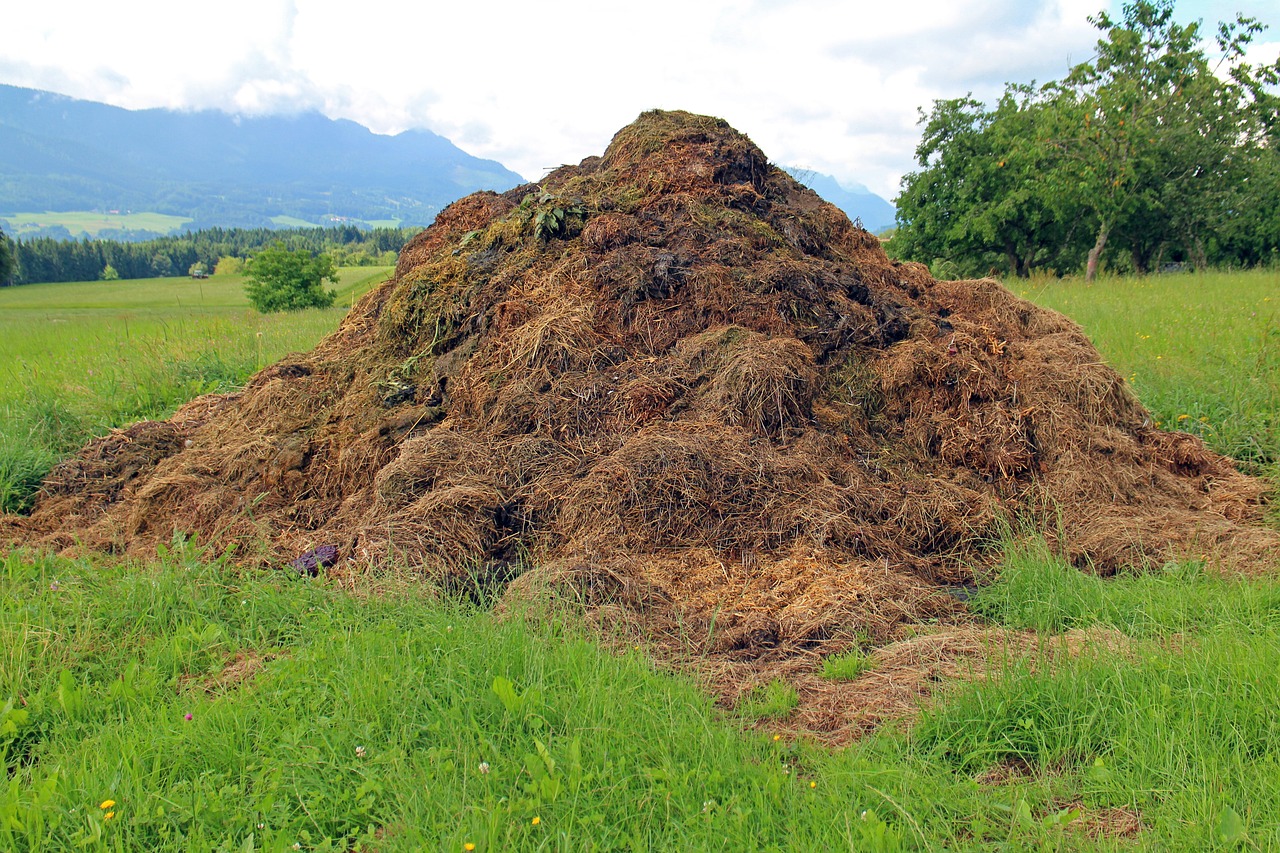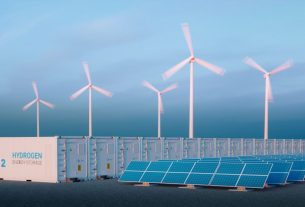United States – Raven SR, Chevron New Energies, and Hyzon Motors are working to commercialize operations of a green waste-to-hydrogen production facility in Richmond, which will supply hydrogen fuel to Northern California transportation markets.
Raven SR S, a newly founded firm, will own the facility. Raven SR will operate the facility, which is scheduled to open in the first quarter of 2024. Chevron owns a 50% stake in Raven SR 1. Raven SR controls 30% of the company, while Hyzon owns the remaining 20%.
The project will divert up to 99 wet tons of green and food waste every day from Republic Services’ West Contra Costa Sanitary Landfill into its non-combustion Steam/CO2 Reforming process, producing up to 2,400 metric tons of renewable hydrogen per year. The diversion of this organic waste will assist California meet SB 1383 regulations while potentially avoiding up to 7,200 metric tons of CO2 emissions from the landfill. Furthermore, Raven’s technique utilizes no fresh water, which is significant given California’s drought threats, and consumes less electricity to power its units than competing technologies. By improving the landfill’s presently approved and zoned landfill gas electric generators, the project is planned to create at least 60% of its own electricity, considerably decreasing both current air emissions and the demand for grid power for its non-combustion process.
Chevron and Hyzon were among Raven SR’s original strategic investors, along with ITOCHU, Ascent Hydrogen Fund, and Samsung Ventures, prior to collaborating on the Raven SR S1 plant.
Raven SR technology
The Raven SR technology is a thermal, chemical reductive process that converts organic waste and landfill gas to hydrogen and Fischer-Tropsch synthetic fuels without using combustion. Unlike other hydrogen production processes, its Steam/CO2 Reformation utilizes less than half the energy of electrolysis and does not require fresh water as a feedstock. The technology is more efficient than traditional hydrogen generation and can produce fuel with a low to negative carbon footprint. Furthermore, Raven SR’s goal is to generate as much of its own electricity as possible on-site in order to lessen dependency on, and/or be independent of, the grid. Its modular architecture enables scalable production of renewable hydrogen and synthetic liquid fuels from local garbage.




